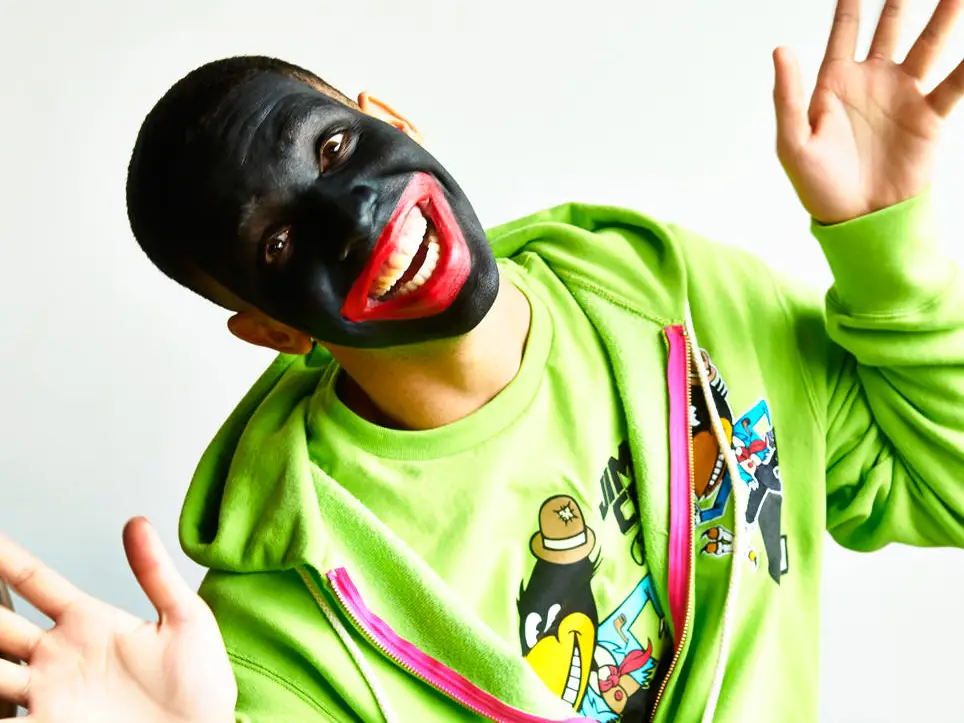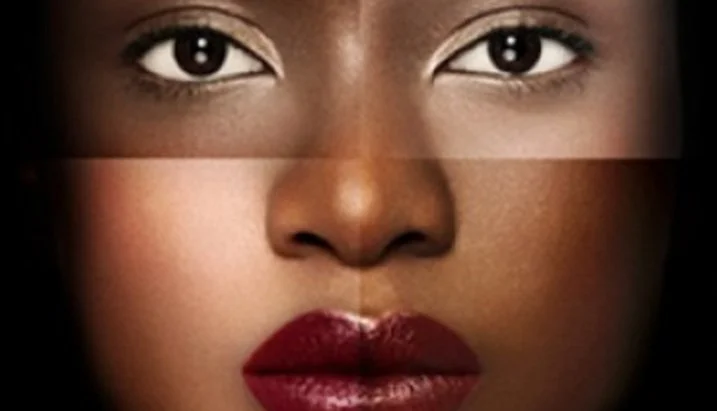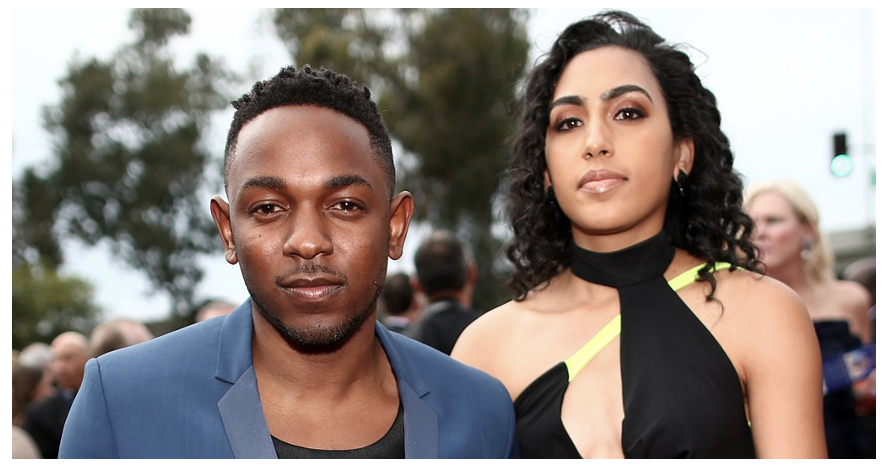The Complexity of Complexion: The Practice of Colorism in Pop Culture
If you’ve been following pop culture for the past few weeks, then you are keenly aware of the recent feud between artists Kendrick Lamar and Drake. Despite our own biases, views, and preferences, undeniably this clash between two titans have shifted perspectives and conversations on an array of topics. Discussions based on race, culture, community, family, authenticity, infidelity, pedophilia, etc. have all been in the forefront on the radio, social media, blogs, and podcasts. One topic that I found intriguing was the concept of Light skin VS Dark skin. Prior to the consecutive disses by both parties, most would argue this has also involved a conglomerate of bystanders such as: J Cole, Future, Metro Boomin’, the Weeknd, and most recently Rick Ross and the Game. While there are underlying issues, some which we are not necessarily informed of, some people are taking sides. Others are attempting to be as objective as possible, just appreciating the tradition of battling in Hip-Hop culture. Nevertheless, there are clear lines that have been drawn, especially as it pertains to truth vs lies. So, how much of an impact does color and culture play in this narrative? Is there such a thing as Team Light Skin VS Team Dark Skin? Did this complexity of complexion infiltrate our conscious and subconscious minds? This article attempts to delve into the concept of colorism and its role in shaping our perspectives via pop culture.
“Light skin n!&&@$ just think they run the world, man. Dark skin n!&&@$ better step their game up, man….for real.”
Colorism in Pop Culture
The complexity of complexion stems from the concept of colorism; however, it is deeply rooted in the misconception of superiority and inferiority between different groups of people. Furthermore, it is merely a direct result of one particular group using propaganda, and sometimes violence, through racist tactics to disenfranchise another group to maintain a specific position. The field of entertainment has a dark history (no pun intended) as it pertains to perceptions of beauty. For example, minstrel shows were the dominant form of entertainment from the late 18th century to the early 20th century. Minstrelsy involved White entertainers dressing up in blackface, singing, dancing and wearing tattered clothing to supposedly mimic Africans who were enslaved. What they didn’t know was that they were copying song and dance routines that were often times actually making fun of Whites! Nevertheless, the minstrel shows depicted Blacks as caricatures who were deemed ugly, ignorant, lazy, and subservient. Later, Blacks themselves would join in as actors in these shows, using burnt cork to blacken their already dark skin and perform routines that perpetuated the same stereotypes. Unfortunately, these performances, along with the harsh realities of slavery and the Jim Crow Laws, would have a lasting impact on the practice of colorism.
Drake found himself in deep water after Hip-Hop artist Pusha T used an old photo for his diss song, “The Story of Addidon”. In this image, Drake is in blackface, giving the stereotypical smile with firetruck red lipstick while also using hand gestures of perceived joyfulness of compliance. According to Drake, he took this picture in 2007 to highlight the struggles of Black actors to get roles in entertainment, often being “stereotyped and type cast(ed)”. Despite Drake putting out a public announcement about the image, the damage was already done. Criticisms pertaining to authenticity started to pervade throughout pop culture. The narrative of cultural sensitivity started to coincide with privilege and color.
According to the documentary “Dark Girls”, which was directed by Bill Duke and D. Channsin Berry, colorism is “prejudice or discrimination based on the relative lightness or darkness of the skin and generally a phenomenon occurring within ones own ethnic group.” This phenomenon is illustrated in the song, “Complexion (A Zulu Love)” by Kendrick Lamar featuring Rapsody on his album, To Pimp a Butterfly. The song is a narrative that follows the relationship between two enslaved Africans, one who works in the field picking cotton and the other who works in the house. This dynamic is relative to the issue of colorism because it often times reflects the intent of divisiveness between darker and lighter skin tones, where the latter is sometimes the offspring of the slave master themselves. Lamar emphasizes in the second verse:
Dark as the midnight hour, I'm bright as the mornin' Sun
Brown skinned but your blue eyes tell me your mama can't run
Sneak me through the back window I’m a good field ni**a
I made a flower for you outta cotton just to chill with you
You know I'd go the distance, you know I'm ten toes down
Even if master's listenin', I got the world's attention
So I'ma say somethin' that's vital and critical for survival
Of mankind, if he lyin', color should never rival
Beauty is what you make it, I used to be so mistaken
By different shades of faces
Then wit told me, "You're womanless, women love the creation"
It all came from God, then you were my confirmation
I came to where you reside
And looked around to see more sights for sore eyes
Let the Willie Lynch theory reverse a million times
The Willie Lynch Theory that Kendrick Lamar mentions in the verse refers to a speech that was said to have been delivered by Willie Lynch, a British slave owner in the West Indies, to slave owners in Virginia in 1712. Supposedly, this speech, “The Making of a Slave” teaches the slave owners several methods to “control the slaves.” While it is highly debatable that such a letter or speech ever really existed, the content of the alleged speech has some merit. For instance, one of the lines from the speech reads, “You must use the DARK skin slaves vs. the LIGHT skin slaves, and the LIGHT skin slaves vs. the DARK skin slaves.” Realizing that complexion doesn’t “mean a thing”, Kendrick chooses to see the beauty in his partner, revealing that we “all come from God”. Unfortunately, this mentality was not shared by others who still, to this day, believe that one skin tone is superior to others. This is evident in many cultures and is not just limited to the United States of America. The practice of skin bleaching or skin whitening, for example, can be found all over the world and is a direct result of the perception that the lighter the skin, the closer you’re in. (See “Skin Whitening is a Self-Denying Legacy of Colonialism”, “Skin Deep: Dying to be White”, and “Skin Bleaching in the Caribbean”) I find it quite interesting that while darker-skinned people would lighten their skin because it’s deemed more beautiful, lighter-skinned people, even more specifically, White people would tan or bronze their skin to appear more exotic. Whether it’s skin bleaching or skin tanning, chemically adjusting your skin can have some damaging effects. (See “Tanning is a Young, White, Female Problem. And It’s Deadly.”)
Coincidentally, a second documentary, “Light Girls”, was also released, combatting the notion that “light is always right.” According to Kirsten West Savali, “This was supposed to be a two-hour safety zone for light-skinned black women to talk about how they are often ostracized and bullied because of their skin color—yes, by some dark-skinned women. It was supposed to be a space of understanding, healing and reconciliation. But instead we got a documentary that too often was guilty of perpetuating the same dangerous stereotypes it was supposed to combat.” (See “It’s Hard Out Here for a ‘Redbone’: What Light Girls Gets Wrong….and Right”) Savali points out that while there are definitely conflicts between both parties, light-skinned women, in particular, tend to be placed in better social, political, and economic positions. According to Savali, “A 2007 Harvard study, ‘The Skin Color Paradox and the American Racial Order,’ presented statistics that prove the point: ‘Dark-skinned Blacks in the United States have lower socioeconomic status, more punitive relationships with the criminal justice system, diminished prestige, and less likelihood of holding elective office compared with their lighter counterparts.’ On the other hand, my mother was never able to reap the full benefits of having a lighter skin tone. I can vividly recall horror stories that my mother would relay to me about moments in her childhood when she would have to fight her way through her neighborhood due to her light complexion and long hair. Often times, I felt like these memories were completely dubious to what would have been the real reason behind the quarrels that she would have with other girls in her neighborhood. For I thought it would be completely absurd to dislike someone from the same race with a different complexion. Nevertheless, it does exist. And by no means am I intending to compare struggles; however, this merely serves as an observation and acknowledgement that these issues still persist within not only the Black community, but in others as well. I do find it kind of fascinating that people would have an issue with Kendrick Lamar’s relationship with his fiancée, Whitney Alford, especially after putting out a song such as “Complexion (A Zulu Love)”. (See “Dark –Skinned Activist: ‘Kendrick Lamar’s Fiancée is Too Light’”)
The relationship between Kendrick Lamar and his fiancée has been utilized as a tool, as well as a weapon in the recent battle with Drake. On one hand, Lamar displayed a sense of vulnerability and redemption as a man, father, and significant other in his recent album Mr. Morale and the Big Steppers. Several songs in the album explored his insecurities, which ultimately led to infidelity. Noticeably, the album became his therapy session, as well as a call to action to his listeners to address issues they may often find themselves “tap dancing” around. He brought all of his mishaps to the center of his overall message, which included his infidelity with other women and ultimately his regrets sleeping with white women. However, this didn’t stop Drake from using this as ammunition to highlight contradictions pertaining to family life and his role as a perceived Black activist in the community. In the song, “Family Matters”, he mentions:
Always rappin’ like you ‘bout to get the slaves freed
You just actin’ like an activist, it’s make-believe
Don’t even go back to your hood and plant no money trees
Say you hate the girls I #&*%, but what you really mean?
I’ve been with Black and White and everything that’s in between
You the Black messiah wifin’ up a mixed queen
And hit vanilla cream to help out with your self-esteem
While some people may have an issue with this perceived contradiction, some may not be aware of his previous support for dark-skinned women, even so far as to fire lighter-toned models to maintain more balance in the entertainment industry. In an interview with Miss Info, he gave the reason as to why he chose a dark-skinned model for the video, “Poetic Justice”, which ironically features Drake. He stated, “We had another girl for the lead but I had an idea where I just wanted a little bit of a darker tone [girl] in the video. It’s almost like a color blind industry where there’s only one type of appeal to the camera. ….. I always kept in the back of my mind like ‘you don’t ever see this tone of a woman in videos. No disrespect, I love all women, period. But at the same time, I still feels like it needs that balance.” (See “Representing All Shades of Beauty: Kendrick Lamar’s Fascinating ‘Poetic Justice’ Video Backstory”)
I tend to agree wholeheartedly! We should embrace all colors, for the real beauty lies within the diversity of our skin tones. But how does this translate to Drake and Kendrick Lamar’s placement in the scheme of music? Does it truly provide a valid representation of Us Vs Them? Does it have any merit as it pertains to what is considered real? We all have the right to choose what we want to listen to and for the most part, we have the right to have preferences and choose sides. However, in the grander scheme of things both artists have played their parts in popular music. Clearly, this battle was about skills and character, yet some of have made it about complexion due to our infatuation with color, whether consciously or subconsciously. Each artist has a role to play and hopefully we can find value in both perspectives without creating further unnecessary division based on color. Like Rapsody so eloquently put it:
Black as brown, hazelnut cinnamon tea
And it’s all beautiful to me
Call your brothers magnificent, call all the sisters queens
We all on the same team, blues and pirus, no colours ain’t a thing
Dark Girls Documentary
http://madnewsuk.com/2013/09/21/dark-girls-full-length-documentary/
Light Girls Documentary
http://www.ddotomen.com/2015/01/20/light-girls-documentary-full-show/2/
Complexion (A Zulu Love) by Kendrick Lamar featuring Rapsody
https://www.youtube.com/watch?v=AH6qPuPSZHU
Family Matters
https://www.youtube.com/watch?v=iIT1vJScMM0
Gillie Da Kid Ain’t Feeling Kendrick’s New Drake Diss Song! “That Sh*t Was Corn On the Cob”





